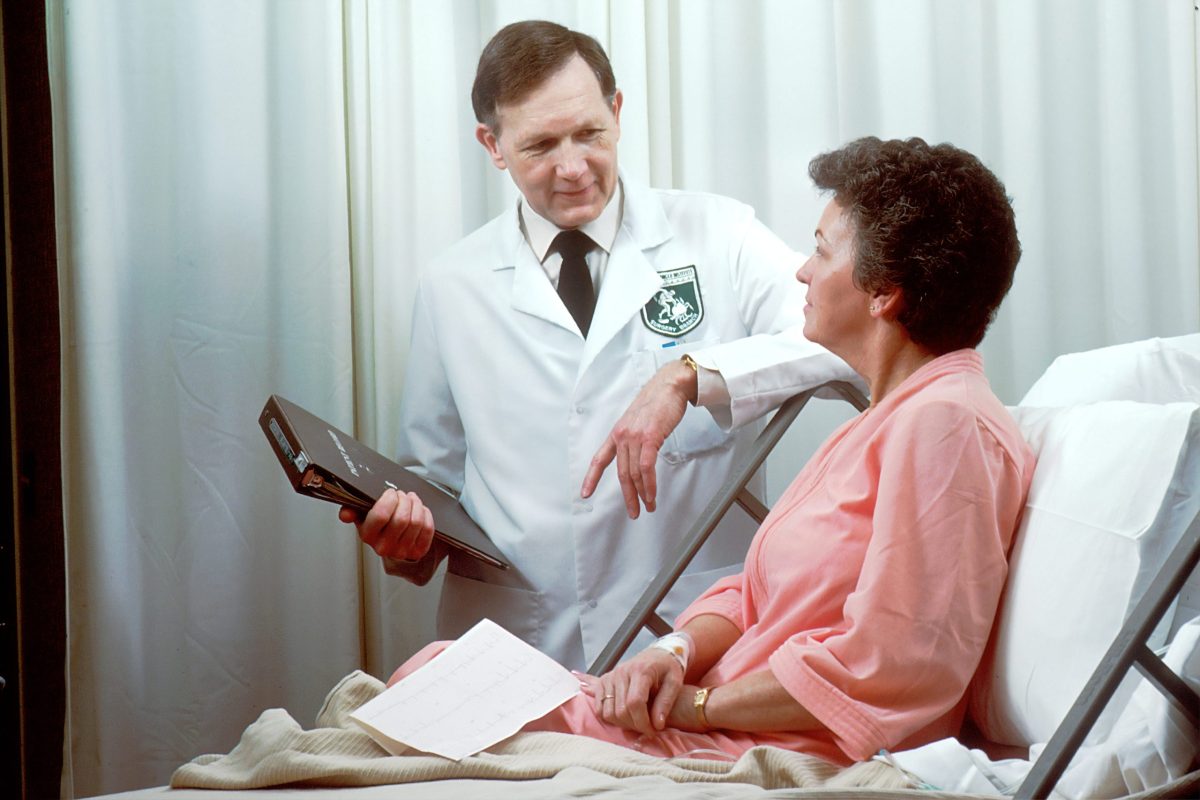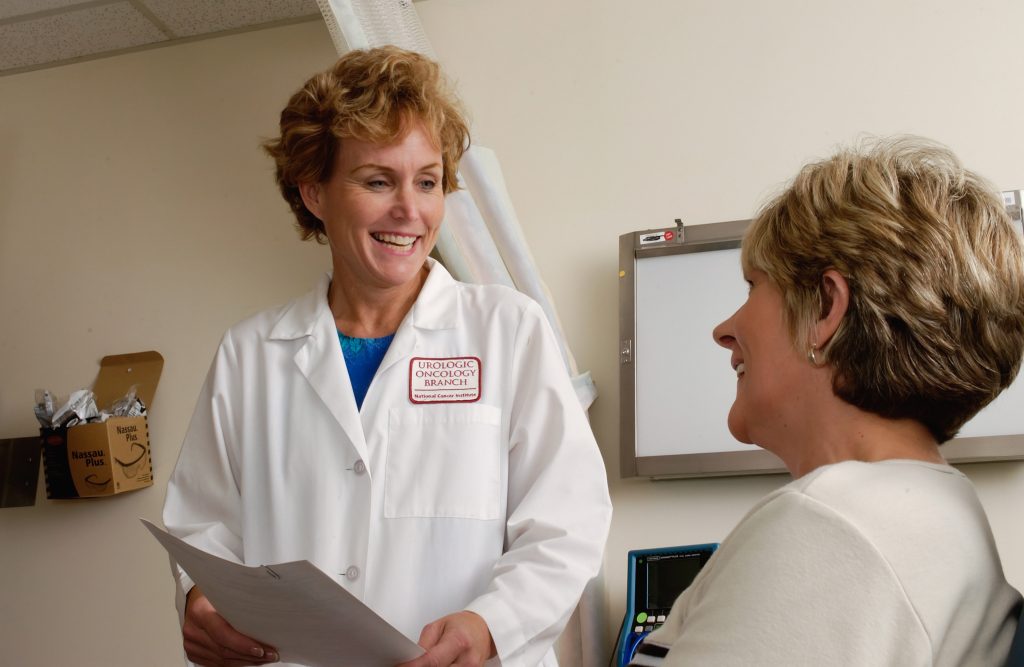In today’s world, technology is constantly evolving and finding new ways to make our lives easier. The healthcare industry is no exception. Over the past years, the healthcare industry has made great strides in using technology to improve patient care. Here are some ways that technology is being used to improve patient care:
Electronic Health Records (EHRs)
In recent years, there has been a growing push to adopt electronic health records (EHRs) in the United States. EHRs are digital versions of a patient’s paper medical chart, and they have the potential to revolutionize the way that healthcare is delivered. There are many advantages to using EHRs, including improved patient safety, increased efficiency, and better coordination of care. In addition, EHRs make it easier to track trends and outcomes over time. For these reasons, we must continue to invest in this technology. Doing so can improve the quality of patient care and make our healthcare system more effective and efficient.

Robust clinical Decision Support System
A clinical decision support system (CDSS) is a computer-based system that provides clinicians with evidence-based information at the point of care. These systems use data from a patient’s medical record to provide personalized recommendations for treatment and care. For example, a clinical decision support system may suggest a specific medication for a patient with high blood pressure based on the patient’s age, weight, and other factors. Clinical decision support systems have improved patient care by providing personalized and tailored recommendations. In addition, they can help to reduce costs by preventing unnecessary tests and procedures. As healthcare evolves, clinical decision support systems will play an increasingly important role in improving patient care.
GPS tracking devices
Medical machines and equipment are vital to the care of many patients, and these items must always be accounted for. Most medical facilities invest in tracking software for medical equipment because it can help reduce the time spent searching for missing items. In addition, tracking devices can help staff keep track of medical equipment multiple patients use. This allows the team to ensure that each patient receives the proper care and attention.
Electronic Prescribing
Regardless of the size or type of practice, electronic prescribing (e-prescribing) is essential to improving patient care and should be used whenever possible. E-prescribing allows physicians and other prescribers to send prescriptions electronically to pharmacies, reducing errors, saving time, and improving communication between all care team members. Perhaps most importantly, e-prescribing can help to reduce medication errors, which are a leading cause of adverse events in healthcare.
In one study, e-prescribing was associated with a 64% reduction in medication errors. It has been estimated that widespread adoption of e-prescribing could save up to $290 million per year in healthcare costs. While some challenges are associated with e-prescribing, such as the need for interoperability between systems, the benefits far outweigh the risks. Using e-prescribing is a simple and effective way to improve patient care.
Patient Portal
Patient portals are online platforms that give patients direct access to their medical records and allow them to communicate with their healthcare providers. This technology gives patients more control over their health and makes it easier for providers to coordinate care. As a result, patient portals have the potential to improve patient outcomes and reduce costs. To realize these benefits, however, healthcare organizations must ensure that they are investing in high-quality patient portals. Otherwise, they will simply be replicating the problems of the traditional healthcare system in an online format.
Telemedicine
Telemedicine is another way healthcare facilities can use technology to improve patient care. Telemedicine allows patients to consult with their doctors remotely using video conferencing or other means of communication. This can be especially beneficial for patients who live in rural areas or have difficulty leaving their homes.
Improved Communication
Another way that technology can be used to improve patient care is by improving communication between providers and patients. For example, some hospitals now offer online portals where patients can view their test results, schedule appointments, and generally stay up-to-date on their health status. This open communication can help empower patients to take control of their own health and make informed decisions about their treatment options.
Enhanced Safety
Finally, technology can be used to enhance safety in healthcare facilities. For example, some hospitals have implemented electronic wristbands that match a patient’s name with their medical record. This helps ensure that the correct patient receives the correct medication and reduces the risk of errors. Technology can also be used to monitor compliance with hand-washing protocols and other infection control measures.
The bottom line
Technology has the potential to transform the healthcare industry for the better. By implementing electronic health records, telemedicine services, reduced wait times, improved communication, and enhanced safety measures, healthcare facilities can use technology to improve patient care overall.

